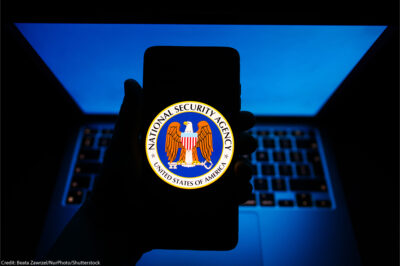The Washington Post reported today that Omar Khadr, who was 15 when he was captured in Afghanistan in 2002 and has been detained at Guantánamo since then, has “alleged that he was repeatedly threatened with rape during interrogations.” (Threats of rape do constitute torture under U.S. and international law.) The nine-page affidavit in which Khadr reports these threats was heavily redacted.
ACLU attorneys Hina Shamsi, Ben Wizner, and Jamil Dakwar have observed Khadr’s military commission hearings as human rights observers at Guantánamo, and have blogged extensively about the proceedings.
We recently filed a lawsuit seeking unredacted versions of such affadavits and documents in which Guantánamo detainees give first-hand details of the abuse and torture they suffered while in U.S. custody. In this lawsuit, we argue that such redactions violate Americans’ First Amendment rights to know of the U.S. government’s unlawful conduct towards detainees in the name of national security and war on terror.
A similar kind of censorship was reported by the AP yesterday, when British legal rights group Reprieve accused the U.S. of censoring a drawing by Guantánamo detainee Sami al-Haj, depicting his force-feeding during a hunger strike:
Titled “Scream for Freedom,” the drawing released Monday depicts a skeleton strapped into a “restraint chair,” which the military uses when force-feeding detainees. A second detainee is strapped into another chair. Between them, the insignia of the Joint Task Force- Guantánamo has been altered to show a skull and crossbones in lieu of a star and outline of Cuba. Al-Haj said detainees call the chairs “torture chairs.”
…Lawyer Cori Crider said al-Haj showed her the four sketches Feb. 1. She said she suspected the military might prevent their release, so she also submitted for review al-Haj’s detailed descriptions of the drawings, which the military did not censor, allowing the images to be recreated. Recreations of three other sketches will be released in coming days.
Also in U.S. military detention news, this week’s New Yorker featured an extensive profile of Sabrina Harman, one of the U.S. Army specialists that worked the “hard sites” at Abu Ghraib and took many of the photos depicting the torture and abuse of detainees there. The New Yorker‘s Philip Gourevitch and Errol Morris write:
Sabrina Harman also said she felt herself growing numb at Abu Ghraib, yet she kept being startled by her capacity to feel fresh shocks. “In the beginning,” she said, “you see somebody naked and you see underwear on their head and you’re like, ‘Oh, that’s pretty bad-I can’t believe I just saw that.’ And then you go to bed and you come back the next day and you see something worse. Well, it seems like the day before wasn’t so bad.”
“….They couldn’t say that we broke the rules because there were no rules…”
Harman was one of the low-level soldiers who was court-martialed for the abuses committed there, and was sentenced to six months in prison for “conspiracy to maltreat prisoners, dereliction of duty, and maltreatment…a reduction in rank, and a bad-conduct discharge.” Harman, known by her fellow soldiers for her complete unwillingness to hurt even a fly, won over the kids detained at Abu Ghraib by giving them treats and playing soccer with them, and would sneak painkillers to prisoners who were being physically abused.
Filmmaker Rory Kennedy also interviewed Harman for the documentary Ghosts of Abu Ghraib.


